New York’s State Energy Planning Board unanimously approved its draft energy plan for public comment, which provides a 15-year outlook with recommendations for how to meet the state’s future energy demands.
The plan outlines various scenarios, the best of which would target 14.4 GW of solar by 2030. In the scenario with limited buildout, the state would add 11.8 GW of solar. An additional 6 GW of energy storage is consistent across both scenarios.
During the meeting, the energy power board highlighted the critical role local governments play in comprehensive energy planning, along with existing state actions to empower local government action, such as the NYSERDA Build Ready program, community choice aggregation and clean energy communities. They recommended New York increase accessibility to climate and energy data, encourage adoption of municipal clean energy policies that are attuned to local conditions, and increase local capacity by providing start support and guidance for energy planning.
“One of the bombshell takeaways from the state energy plan is that in the business-as-usual and the additional-action scenarios … we are going to be using the same amount of natural gas and oil in 2040 as we are today,” Noah Ginsburg, executive director of New York Solar Energy Industries Association (NYSEIA) told pv magazine USA.
“This could be setting the stage for repowering of fossil fuel generators in downstate New York, additional investment in fossil fuel infrastructure, because we’re going to need it for 20 plus years,” he said, “this is one of the concerns environmental advocates are going to raise.”
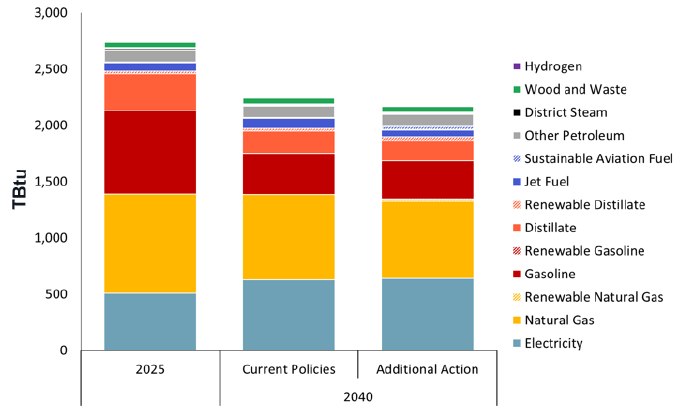
“If I zoom in on solar specifically, it’s a different story,” Ginsburg said. “Even though we’re not seeing ourselves being weaned off of fossil fuels by 2040 through the state energy plan in either the baseline or the additional-action scenario, we do see really rapid and dramatic buildout of solar,” he said. Ginsburg said both the plan’s limited-build and additional-action scenarios rightly treat reliability and affordability as non-negotiables.
According to the draft, all major fuels New York currently uses will continue to “meaningfully contribute to the state’s energy mix through 2040, including electricity, natural gas and petroleum fuels. Continued investment in all fuel systems is necessary to assure safe and reliable energy services, in particular to meet peak day needs and to increase resilience.”
“They’re treating these statutory requirements as recommendations and the state energy plan is really looking at reliability, affordability, and yes, decarbonization, as three major pillars,” Ginsburg said.
“There is a prevailing wisdom in Albany right now that New York needs to choose between clean energy and affordability, and that’s just such a false choice,” Ginsburg said. “If we build out more solar, if we build out more storage, particularly at the distribution level, we can avoid these massive costs for transmission and distribution infrastructure and save New Yorkers billions of dollars.”
Enacted in 2019, New York mandates that 70% of the state’s electricity come from renewable energy by 2030, and 100% from carbon-free sources by 2040.
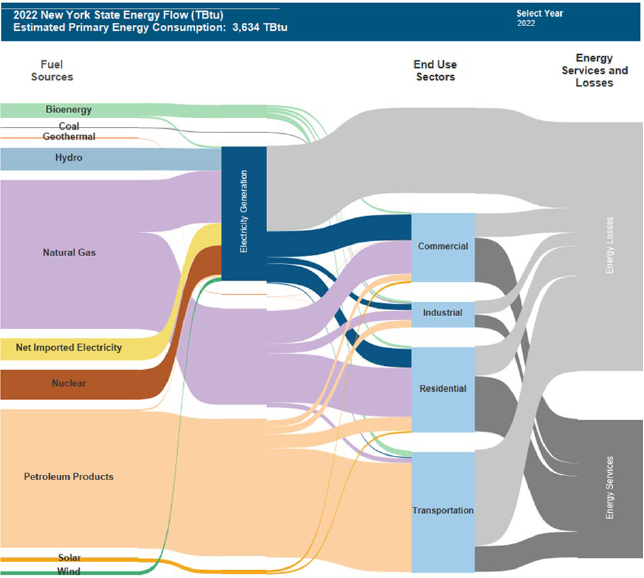
However, over the last four years, Ginsburg pointed to COVID-19 and the cancelation of many utility-scale projects due to inflation and supply chain issues.
“I think it’s safe to say at this point that we’re not going to hit our 70%-renewable-by-2030 mandate,” Ginsburg said. Distributed solar, he said, is the exception, which has been “ahead of schedule and under budget.”
Along with the canceled projects, Ginsburg said New York’s electric grid has grown due to data centers and manufacturing facilities.
“We basically have a bigger pie, so 70% of that’s harder to power with renewables,” Ginsburg said.
Next steps for New York’s solar industry
In light of the One Big Beautiful Bill’s passage and the new financial realities with the New York State budget, “which now has a big gap because of cuts to federal funding for Medicaid and SNAP,” Ginsburg said NYSEIA’s legislative efforts will focus on non-fiscal items that cut red tape, “those ‘no-regrets’ things” that make it easier to build renewables in New York.
NYSEIA’s main focus, Ginsburg said, will be distributed solar and distributed energy storage, along with the plan’s transmission and distribution system portion.
New Yorkers can provide input on the draft and submit written comments through Oct. 6, as well as provide oral comments at one of the virtual or in-person public hearings scheduled in August and September. The governor’s office said those who pre-register to provide oral comments will be given priority.
At the end of 2024, New York had about 349 MW of distributed energy storage, according to the energy plan. In June 2024, the PSC approved an order establishing an updated energy storage goal and development policy, which established an energy storage target of 6 GW by 2030. The Order included $775 million in funding for distributed storage incentives to be administered by NYSERDA.
New York has the second highest non-residential distributed generation solar capacity in the country, and fifth highest for residential solar, according to the Solar Energy Industries Association.
Also read: Budgetary hurdles stall progress, equity on New York solar incentives
This content is protected by copyright and may not be reused. If you want to cooperate with us and would like to reuse some of our content, please contact: editors@pv-magazine.com.

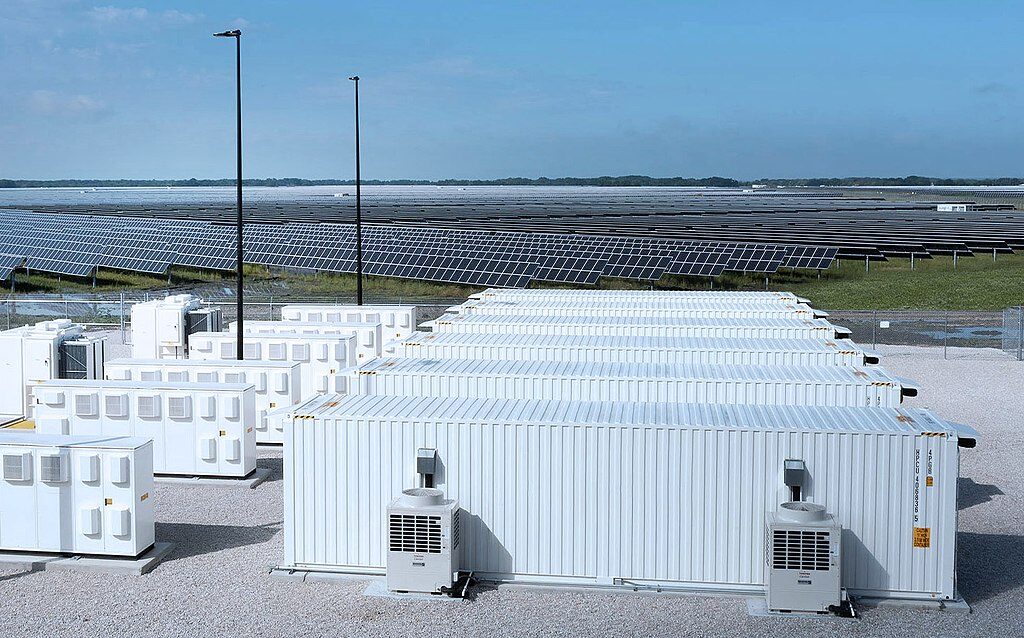


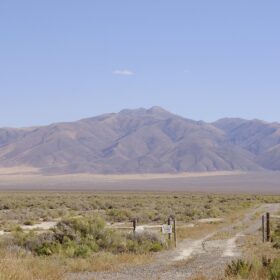
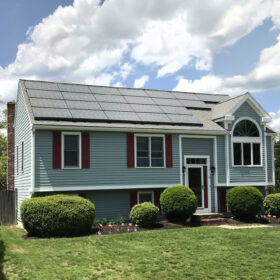
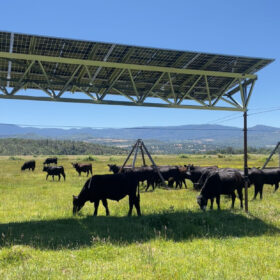

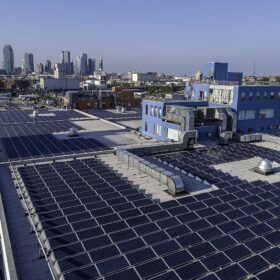
By submitting this form you agree to pv magazine using your data for the purposes of publishing your comment.
Your personal data will only be disclosed or otherwise transmitted to third parties for the purposes of spam filtering or if this is necessary for technical maintenance of the website. Any other transfer to third parties will not take place unless this is justified on the basis of applicable data protection regulations or if pv magazine is legally obliged to do so.
You may revoke this consent at any time with effect for the future, in which case your personal data will be deleted immediately. Otherwise, your data will be deleted if pv magazine has processed your request or the purpose of data storage is fulfilled.
Further information on data privacy can be found in our Data Protection Policy.